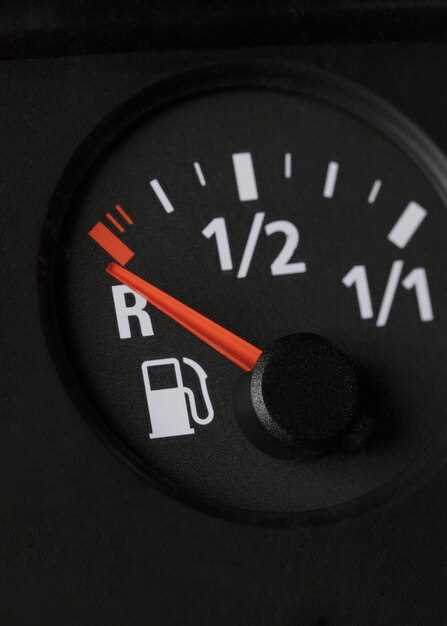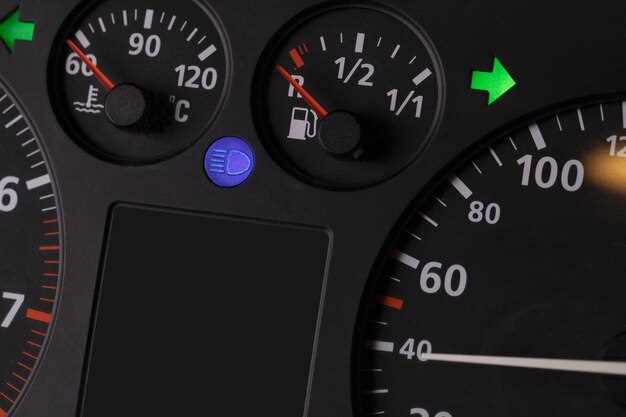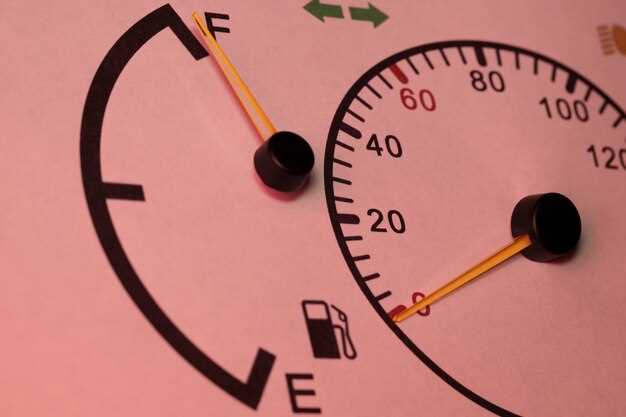
Fuel mapping is a crucial aspect of optimizing engine performance and efficiency. For beginners, grasping the fundamental concepts and techniques involved in fuel mapping can seem daunting. This article aims to demystify the process and provide a clear understanding of how fuel maps work and their significance in automotive tuning.
The essence of fuel mapping lies in fine-tuning the air-fuel ratio (AFR) for different operating conditions of an engine. By adjusting the fuel delivery based on various parameters such as throttle position, engine load, and RPM, tuners can achieve optimal combustion. A well-calibrated fuel map enhances engine response, increases power output, and improves fuel economy.
Understanding the methodologies used in fuel mapping is essential for anyone looking to enhance their vehicle’s performance. This guide will cover the basics of fuel mapping techniques, including the use of data logging, tuning software, and the impact of environmental factors. By the end of this article, newcomers will have a foundational knowledge of fuel mapping that can serve as a stepping stone into the world of automotive tuning.
Fuel Mapping Basics for Beginners: Understanding Techniques
Fuel mapping refers to the process of adjusting the air-fuel mixture in an engine for optimal performance and efficiency. This involves creating a map that dictates how much fuel should be injected at various engine speeds and loads. Understanding fuel mapping techniques is essential for tuning vehicles, particularly those equipped with aftermarket engine management systems.
One of the primary techniques in fuel mapping is the use of a wideband oxygen sensor. This sensor provides real-time feedback on the air-fuel mixture, allowing for precise adjustments. By monitoring the exhaust gases, tuners can determine whether the engine is running rich (too much fuel) or lean (too little fuel). Achieving the ideal stoichiometric ratio, which is approximately 14.7:1 for gasoline engines, is crucial for maximizing power and minimizing emissions.
Another important technique is data logging. This process involves collecting various parameters from the engine, such as RPM, manifold pressure, and throttle position. Analyzing this data helps tuners understand how the engine responds under different conditions. With this information, fuel maps can be adjusted to optimize performance across the entire RPM range.
In addition to wideband sensors and data logging, using a dynamometer is highly beneficial. A dynamometer measures the power output of an engine while simulating driving conditions. This allows for testing fuel maps under controlled circumstances, ensuring that modifications lead to desired performance improvements without compromising reliability.
It is also vital to consider environmental factors during fuel mapping. Temperature, humidity, and altitude can significantly affect engine performance. Adjusting fuel maps to accommodate these changes ensures that the engine performs optimally in varying conditions. For example, an engine may require a richer mixture in hotter temperatures to prevent knocking and maintain efficiency.
Lastly, ongoing tuning and adjustments are key components of effective fuel mapping. As components such as air filters, exhaust systems, or turbochargers are modified, the fuel map should be recalibrated. Continuous testing and fine-tuning create a setup that caters specifically to the needs and modifications of the vehicle, providing the best possible performance.
Choosing the Right Fuel Map for Different Driving Conditions

Selecting the appropriate fuel map is crucial for optimizing engine performance and efficiency based on various driving conditions. The right choice can enhance power output, improve fuel economy, and ensure smoother engine operation. Understanding the impact of different conditions on the fuel map is essential for both daily drivers and performance enthusiasts.
For city driving, where frequent stopping and starting occurs, a fuel map that enhances throttle response and delivers smoother power delivery is ideal. These maps focus on low-end torque to provide quicker acceleration from a standstill. A well-tuned map for urban environments may also optimize fuel efficiency by adjusting the air-fuel mixture to ensure better combustion during short trips.
In highway driving, stability and fuel efficiency become more critical. Here, a fuel map designed for higher RPM ranges can enhance top-end power, improving acceleration during overtaking maneuvers. Tuning for leaner mixtures at cruising speeds can also boost fuel economy, allowing for longer distances without refueling.
For off-road driving, conditions can vary significantly. A fuel map that accommodates fluctuating terrain, such as steep inclines or rough surfaces, is crucial. In these situations, tuning for low-end torque is essential to maintain traction and prevent stalling. Additionally, maps should be adaptable to handle differing altitudes and humidity levels, which can affect fuel combustion.
Adverse weather conditions also necessitate adjustments to the fuel map. In wet or icy conditions, tuning for more cautious throttle response can enhance vehicle control, reducing the likelihood of wheel spin. Maps that incorporate traction control parameters can be beneficial in maintaining stability under such circumstances.
Ultimately, the choice of fuel map should be tailored to the specific driving environment and personal preferences. Regular adjustments or re-tuning based on the primary driving conditions will help in achieving optimal performance and efficiency.
Evaluating Fuel Consumption: Practical Adjustments and Techniques

Understanding fuel consumption is crucial for optimizing engine performance and improving vehicle efficiency. Evaluating fuel usage involves gathering data, analyzing patterns, and making practical changes that can lead to enhanced performance. The following techniques can help you assess and adjust fuel consumption effectively.
Firstly, regular monitoring of fuel consumption provides a clear picture of vehicle efficiency. Keeping track of miles driven per gallon or liters per distance traveled helps establish a baseline. Utilize on-board diagnostics (OBD) systems or fuel monitoring tools to collect data on fuel usage, which can reveal significant trends over time.
Secondly, ensure that regular maintenance is performed on the vehicle. Simple tasks such as changing air filters, spark plugs, and maintaining proper tire pressure can directly influence fuel efficiency. An engine running at optimal performance consumes less fuel, so addressing maintenance issues promptly is vital.
Additionally, experimenting with fuel octane levels can yield insights into consumption patterns. Higher octane fuels may improve performance in high-compression engines, while lower octanes may suffice for regular vehicles. Testing different fuel types can help determine which provides the best efficiency for your specific engine setup.
Another crucial technique is adjusting the air-fuel mixture. A leaner mixture can improve fuel efficiency, but caution is required to prevent engine knocking. Regular tuning of the engine, including recalibrating the fuel mapping, ensures that the air-fuel ratio is optimized for performance and consumption.
Driving habits significantly affect fuel consumption as well. Educating drivers on smooth acceleration and deceleration can lead to noticeable improvements. Avoiding rapid starts and stops, maintaining consistent speeds, and reducing idle time are excellent practices for maximizing fuel efficiency.
Lastly, consider utilizing software tools for more in-depth analysis. Fuel mapping software can assist in understanding consumption data and highlighting areas for improvement. Combining this data with real-world driving conditions provides a comprehensive view of how adjustments can enhance fuel efficiency.
By employing these techniques, you can evaluate and adjust fuel consumption effectively, leading to a more efficient, cost-effective, and environmentally friendly driving experience.
Tuning Your Vehicle: Step-by-Step Guide to Optimizing Fuel Maps
Optimizing fuel maps is essential for enhancing your vehicle’s performance and efficiency. This guide provides a structured approach to fuel tuning, allowing you to make informed adjustments for better results.
- Gather Necessary Tools and Equipment
- OBD-II Scanner: To read and interpret engine codes.
- Tuning Software: Choose software compatible with your vehicle’s ECU.
- Wideband Oxygen Sensor: For accurate air-fuel ratio readings.
- Notebook or Laptop: To record data and make notes.
- Understand Your Engine’s Specifications
- Review manufacturer specifications, including engine type and intended use.
- Take note of modifications that could impact air-fuel ratios.
- Set Up a Baseline
- Use the OBD-II scanner to collect baseline data on engine performance.
- Record existing fuel map settings and engine parameters.
- Identify any existing issues that need to be addressed, such as error codes or poor performance.
- Make Initial Adjustments
- Open your tuning software and load the current fuel map.
- Adjust the fuel maps for low, mid, and high RPM ranges based on your observations.
- Modify parameters gradually, increasing or decreasing fuel delivery as needed.
- Test and Gather Data
- Conduct test runs to evaluate changes in performance.
- Use the wideband oxygen sensor to monitor air-fuel ratios during different load conditions.
- Record all data meticulously for ongoing analysis.
- Fine-Tune Adjustments
- Based on test data, refine your fuel map settings further.
- Focus on achieving optimal power and efficiency across the RPM band.
- Consider environmental factors that might affect performance, like temperature and humidity.
- Conduct Final Testing
- Run multiple tests to confirm that adjustments have resulted in consistent performance improvements.
- Ensure the vehicle runs smoothly without any hesitation or misfire.
- Document Changes
- Keep detailed notes of all modifications and performance data.
- Record any additional observations during testing for future reference.
Following this systematic approach to tuning your vehicle’s fuel maps ensures that you make well-informed adjustments, leading to improved engine performance and efficiency.